Assume your worth, discuss your work

In the digital industry, deadlines and innovation race each other to the finish line and feedback often gets left in the dust. Yet, as our recent webinar with leadership extraordinaire Cherie Canning discussed, “The Gift of Feedback” is the secret sauce for supercharging your career trajectory, project outcome and personal development.
Cherie took us on a feedback journey, diving into the quirks of human nature that hold us back, and discovering top-tier feedback models that make tough conversations as smooth as possible. Plus, we learnt how to create an environment where feedback isn’t feared but welcomed. Ready to unlock the feedback frenzy? Let’s break down why asking for feedback is your next power move and the simple steps to make it happen.
Radical candor
Radical candor is the secret ingredient to transforming workplace communication from polite small talk to meaningful dialogue that drives results. Coined by Kim Scott, radical candor involves offering feedback that is both challenging and caring—balancing honesty with empathy. It’s about caring personally while challenging directly, creating an environment where people feel supported enough to excel. This approach empowers employees to share ideas and concerns openly, knowing that their contributions will be valued and respected.
By fostering a culture of radical candor, organisations can break down barriers, promote trust, and ignite innovation, all while encouraging individuals to grow and succeed together. In a world where the truth often gets sugar-coated or lost in translation, radical candor ensures that the message is clear, constructive, and rooted in a genuine desire to help others improve.
The feedback exchange
Mastering the feedback exchange process can be your career’s best asset. Think of it as a loop: ask, ask, ask, share, share, coach.
“What did you do well?”
“What could you improve?”
“Is it okay if I give you my perspective…”
Start by asking questions to gain a clear understanding of your team’s challenges, needs, and perspectives. This shows that you value their input and are committed to creating a collaborative environment.
“What I observed you did well was…”
“What I would like to see more of…”
Once you’ve gathered insights, it’s time to share—offer your observations, suggestions, and appreciation in a way that is transparent and constructive. By sharing your feedback openly, you lay the groundwork for mutual respect and understanding.
“The next steps and time frames”
Then comes the coaching element: guide your team with actionable advice, helping them turn feedback into tangible improvements.This iterative process of asking, sharing, and coaching transforms feedback from a dreaded chore into an engaging and empowering conversation, fuelling professional growth and team cohesion.
Receiving feedback Do’s and Don’ts
Navigating the feedback maze requires a blend of open-mindedness and strategic thinking. Here are the do’s and don’ts to keep in mind when you’re on the receiving end.
- Do ask for clarification and examples. Listen to specifics and explore their perspectives. Do avoid defence or blame, and take responsibility. Commit to action and make sure you say thank you
- Don’t assume bad intentions, downplay the feedback or be sarcastic. Don’t ignore the feedback, even if it stings; instead, evaluate it objectively and consider how you can use it to improve.
By embracing feedback with grace and openness, you can transform it into a powerful tool for personal and professional development.
Close the loop
Embracing the gift of feedback is more than just a professional skill—it’s a catalyst for personal growth and team success. By fostering an environment where feedback is freely exchanged and genuinely valued, you unlock a culture of continuous improvement and innovation.
Remember, feedback isn’t just a one-time event but a loop: receiving feedback, implementing changes, and circling back to discuss progress. Closing the loop by following up on previous feedback demonstrates your commitment to development and builds trust within your team. It shows that feedback isn’t just heard—it’s acted upon, resulting in tangible improvements.
As you apply the insights from our “The Gift of Feedback” webinar, you’ll find that every conversation becomes an opportunity to learn, adapt, and excel, paving the way for a brighter, more collaborative future in the tech industry.
Did you love this webinar and want to know more about Cherie Canning and Luminate Leadership? Get in touch with her team today → luminateleadership.com.au
Get your copy of the presentation | Check out the recording |
Learn more about Luminate Leadership | Learn more about Goddess in the Boardroom

